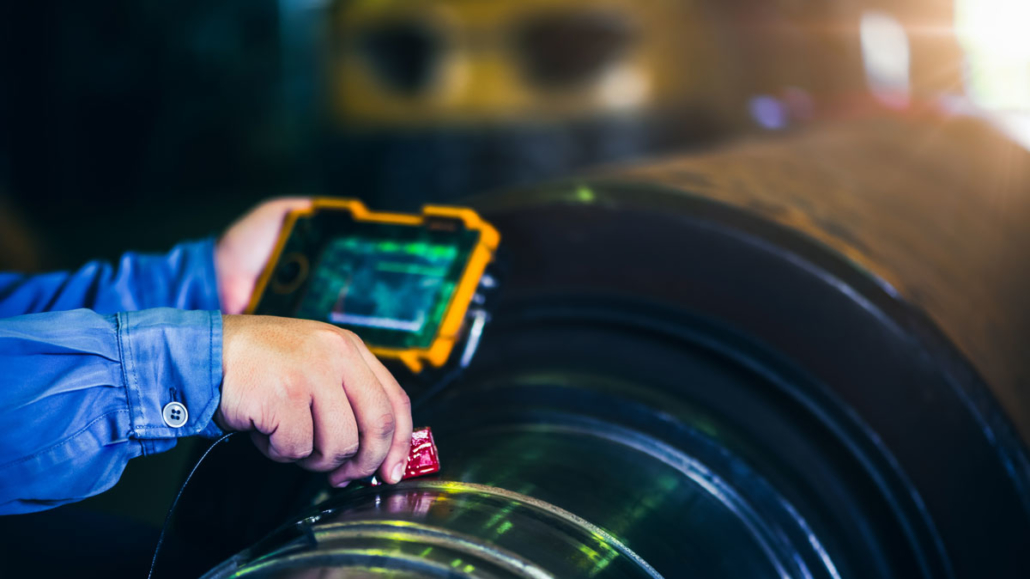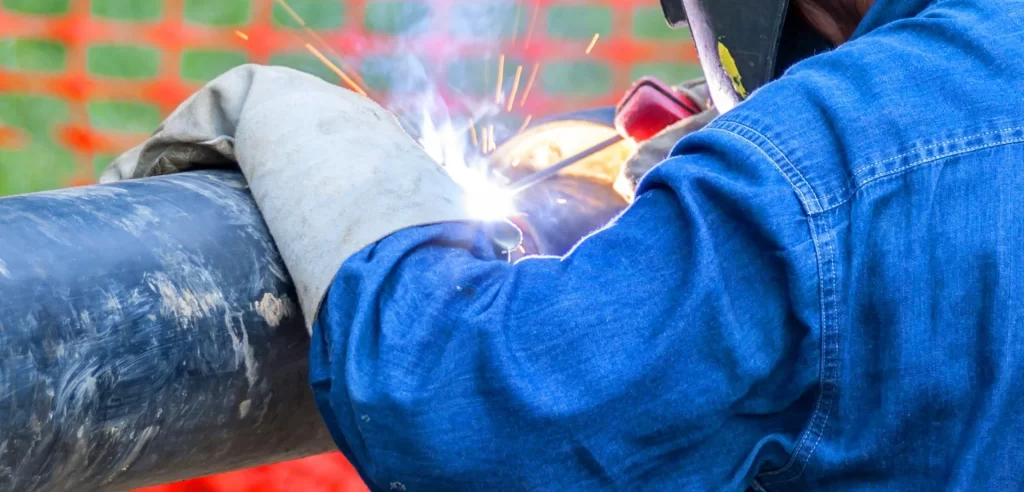Comprehensive Welding Inspection Service: Your Secret to Safety and Quality
Comprehensive Welding Inspection Service: Your Secret to Safety and Quality
Blog Article
The Crucial Kinds of Welding Services Every Sector Must Understand About
In the large landscape of industrial procedures, the importance of welding services can not be underrated. Welding is a fundamental procedure that joins products with each other, guaranteeing architectural stability and functionality throughout different sectors. Recognizing the necessary kinds of welding services that provide to specific market needs is vital for ideal efficiency and safety. From the typical yet reputable arc welding to the accuracy of laser beam welding, each approach provides distinctive advantages and applications that drive the effectiveness and top quality of production. As sectors demand and progress for innovative options expands, being skilled in these welding techniques is not just valuable but necessary for staying competitive and conference sector requirements.
Arc Welding
Arc welding is an extensively used welding process that makes use of an electrical arc to join metal components together. This approach is widespread in different sectors due to its versatility and performance in producing strong and durable welds. The procedure includes producing an electrical arc in between the base metal and a palatable electrode, normally constructed from a similar material. As the arc warms the workpieces, they melt and fuse together, forming a strong joint upon cooling.
Among the essential benefits of arc welding is its capacity to bond a wide variety of alloys and steels, making it appropriate for varied applications. Furthermore, arc welding can be carried out using different variations, such as shielded metal arc welding (SMAW), gas steel arc welding (GMAW), and flux-cored arc welding (FCAW), each offering details advantages depending upon the project requirements.
Moreover, arc welding is understood for its simpleness and cost-effectiveness, making it a favored option for numerous fabricators and producers. By grasping the various strategies and tools connected with arc welding, experts can create top notch welds effectively and dependably.
Gas Metal Arc Welding (GMAW)

With correct technique and devices arrangement, GMAW can create solid, top notch welds that meet sector standards. On the whole, GMAW is a versatile welding procedure that offers performance, flexibility, and integrity for a selection of welding applications across various industries.
Gas Tungsten Arc Welding (GTAW)
Gas Metal Arc Welding (GMAW) supplies exceptional welding efficiency, and in a similar way, Gas Tungsten Arc Welding (GTAW) brings a different collection of benefits to the table in the world of welding solutions (Welding Inspection Service). GTAW, also called Tungsten Inert Gas (TIG) welding, is a flexible and top quality welding procedure typically utilized in markets such as aerospace, auto, and manufacturing

Among the vital advantages of GTAW is its capability to these details generate high-quality, accurate welds on a selection of steels, including aluminum, stainless-steel, and copper alloys. This procedure allows for greater control over the welding arc, causing tidy, spatter-free welds with minimal post-weld cleanup needed.
GTAW is likewise favored for its capability to bond slim products without creating bending or distortion, making it ideal for applications where aesthetic appeals and accuracy are important. Furthermore, the TIG welding procedure can be made use of with or without filler steel, giving adaptability in welding various joint kinds and densities.

Resistance Welding
A widely used welding approach in various sectors due to its performance and performance is Resistance Welding. This strategy entails signing up with 2 steel items by using stress and passing a current with them. The warm produced by the electrical resistance at the joint triggers the materials to fuse together. There are several sorts of resistance welding, including place welding, joint welding, and estimate welding, each matched for certain applications.
Spot welding is generally utilized in the automobile industry for signing up with sheet steel components. Estimate welding is ideal for welding nuts, bolts, or various other fasteners onto metal components.

Laser Light Beam Welding
Using an extremely focused laser beam to thaw and view it now sign up with steel elements, laser beam of light welding is a exact and effective welding strategy generally used in different markets. This advanced approach uses a number of advantages, consisting of very little distortion, high welding rates, and the capability to weld materials with high accuracy.
Laser light beam welding works by routing a laser light beam at the workpiece, which produces a molten swimming pool that integrates the materials together upon solidification. The procedure is non-contact, indicating there is no requirement for the welding tool to touch the work surface, minimizing the danger of contamination or damage. Additionally, the concentrated beam of light allows for deep weld penetration and narrow weld joints, making it excellent for applications calling for high accuracy and toughness.
Industries such as automobile, aerospace, electronics, and clinical device production commonly depend on laser beam of light welding for its ability to generate premium welds with marginal heat-affected areas. As innovation remains to breakthrough, laser welding is anticipated to play a progressively considerable function in the fabrication of recommended you read intricate parts across different sectors.
Verdict
Finally, recognizing the necessary kinds of welding services such as Arc Welding, Gas Metal Arc Welding (GMAW), Gas Tungsten Arc Welding (GTAW), Resistance Welding, and Laser Light beam Welding is essential for every single industry. Each of these approaches plays a special role in the production and construction procedures, making sure strong and sturdy links for various materials. By recognizing these welding solutions, industries can make enlightened decisions regarding which approach ideal suits their certain demands.
From the conventional yet trusted arc welding to the accuracy of laser light beam welding, each approach offers unique benefits and applications that drive the efficiency and high quality of manufacturing.Arc welding is a commonly made use of welding procedure that utilizes an electric arc to sign up with steel components with each other.Gas Metal Arc Welding (GMAW) is a highly effective and generally utilized welding process in numerous industries for joining metal components together utilizing a securing gas and a consumable electrode. There are a number of kinds of resistance welding, including spot welding, seam welding, and forecast welding, each suited for particular applications.
In conclusion, understanding the vital types of welding services such as Arc Welding, Gas Metal Arc Welding (GMAW), Gas Tungsten Arc Welding (GTAW), Resistance Welding, and Laser Light beam Welding is critical for every sector. - Welding Inspection Service
Report this page